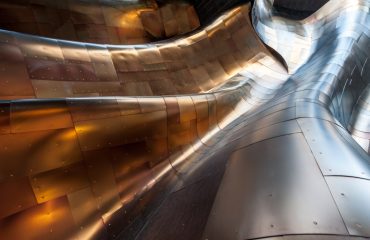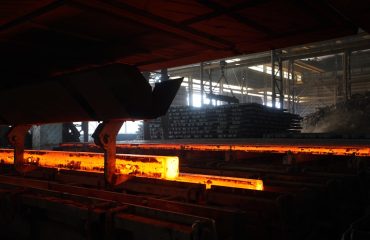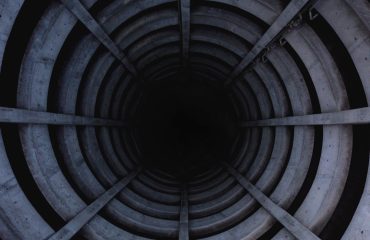The Cold Drawing Process: Shaping Precision
Cold drawn square bars are produced through a precise metalworking process known as cold drawing. Unlike hot-rolled bars, which are shaped at high temperatures, cold drawing involves pulling a pre-heated bar through a series of dies at room temperature. This process significantly enhances the bar’s properties. The dies, precisely engineered to the desired square cross-section, gradually reduce the bar’s diameter and simultaneously improve its surface finish, straightness, and dimensional accuracy. The cold working process strengthens the material through work hardening, increasing its tensile strength, yield strength, and hardness. This process also results in a finer grain structure, contributing to improved fatigue resistance and machinability.
The initial stage often involves pickling, a process that removes surface oxides and scale from the hot-rolled bar, ensuring a clean surface for drawing. Lubrication is critical throughout the drawing process, minimizing friction and preventing damage to both the bar and the die. The precise control over temperature, pressure, and lubrication is essential for achieving the desired final dimensions and properties.
Exceptional Properties: Strength, Precision, and More
The cold drawing process bestows several advantageous properties on square bars. Firstly, the enhanced strength is a key benefit. Cold-drawn bars exhibit significantly higher tensile and yield strengths compared to their hot-rolled counterparts. This increased strength makes them ideal for applications requiring high load-bearing capacity. Secondly, the process results in superior dimensional accuracy and surface finish. The tight tolerances achievable make cold-drawn square bars perfect for precision engineering applications where exact dimensions are crucial. The smooth surface finish reduces friction and wear, enhancing the performance and lifespan of components.
Furthermore, cold drawing improves the bar’s machinability. The finer grain structure and improved surface finish make them easier to machine, reducing tool wear and increasing production efficiency. This is particularly advantageous in high-volume manufacturing environments. Cold-drawn bars also exhibit enhanced fatigue resistance, meaning they can withstand repeated cycles of stress without failure, extending the lifespan of components in dynamic applications.
Diverse Applications: Where Precision Meets Strength
The unique combination of strength, precision, and machinability makes cold-drawn square bars incredibly versatile. They find applications in a wide range of industries and applications. In the automotive industry, they are used for manufacturing chassis components, suspension parts, and steering mechanisms. Their high strength-to-weight ratio is particularly valuable in reducing vehicle weight without compromising structural integrity.
The construction industry also benefits significantly from the use of cold-drawn square bars. They are commonly used in structural applications where high strength and dimensional accuracy are essential. In the manufacturing sector, they are used to create various components, including machine parts, tools, and fixtures. Their excellent machinability and dimensional accuracy make them ideal for precision engineering applications. Other applications include hydraulic cylinders, pneumatic components, and various types of tooling.
Material Selection: Choosing the Right Steel Grade
Cold-drawn square bars are available in a variety of steel grades, each offering a unique combination of properties. The choice of material depends on the specific application requirements. Common steel grades include low carbon steel, medium carbon steel, and high carbon steel. Low carbon steel offers good ductility and weldability, while medium and high carbon steels provide enhanced strength and hardness. Stainless steel grades are also available, providing excellent corrosion resistance.
Factors to consider when selecting a steel grade include the required tensile strength, yield strength, hardness, ductility, and corrosion resistance. The operating environment and the type of stresses the bar will experience are also crucial factors. Consulting with a materials specialist can help determine the optimal steel grade for a specific application.
Advantages Over Other Methods: Why Choose Cold Drawing?
Compared to other methods of producing square bars, such as hot rolling, cold drawing offers several key advantages. The superior dimensional accuracy and surface finish are significant benefits in precision engineering applications. The enhanced strength and hardness contribute to improved component lifespan and performance. The improved machinability reduces manufacturing costs and increases production efficiency.
Furthermore, cold drawing can produce bars with tighter tolerances and a smoother surface finish than hot rolling. This reduces the need for secondary machining operations, saving time and resources. The increased strength and fatigue resistance of cold-drawn bars contribute to a longer service life for the final product. Ultimately, the advantages of cold drawing often translate to improved product quality, reduced costs, and increased efficiency.
Cold-drawn square bars represent a crucial component in numerous industries, providing a combination of strength, precision, and efficiency that is unmatched by other methods. Understanding their properties and applications is vital for engineers and manufacturers seeking high-performance materials for their projects.




